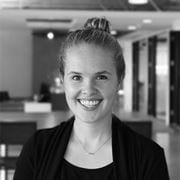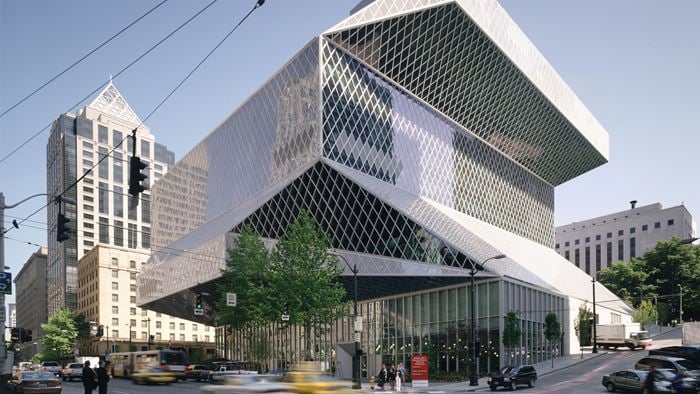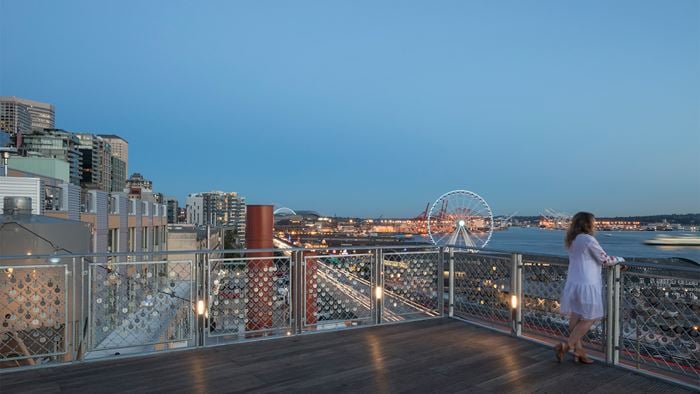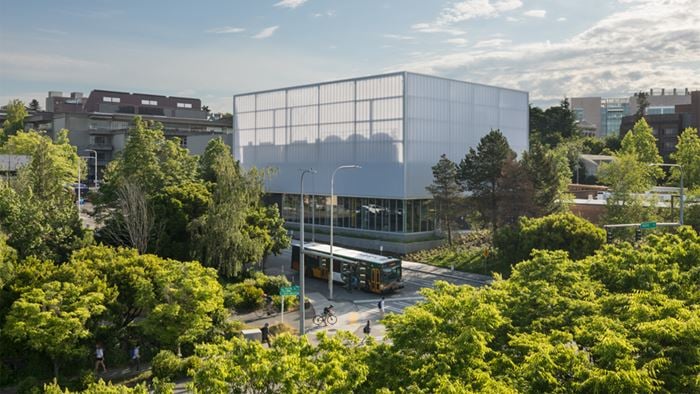Meeting the challenges of increasing homelessness
Homelessness is at crisis levels across the United States. More than half a million people are without homes across the country. Stratifying wage gaps and skyrocketing costs of living mean that homelessness is on the rise in San Francisco, New York, Boston, Seattle, and many other US cities.
Some in the architecture, engineering, and construction industries, including at Arup, are considering the role they may play in exacerbating the crisis — and the role they could play in helping solve it. Several employees at Arup’s Seattle office are now assisting with the BLOCK Project, an innovative nonprofit with a mission to place 125ft2 homes for the homeless in backyards of single-family homes. The homes are completely self-sufficient and sustainable. So far, two homes in Seattle have been completed, but more people have volunteered their backyards for the project and dozens more homes are in the pipeline. The idea is to eventually get a BLOCK home on every residential block in Seattle, and expand to other cities.
Writer Peter Moskowitz caught up with Arup senior administrator Mia Areaya and mechanical engineers Anne Shellum and Zoe Roberts to talk about their involvement with the project.
What exactly is the BLOCK Project?
Shellum: The BLOCK Project is an offshoot of a nonprofit called Facing Homelessness, which was started in Seattle by a local architect who recognized the need to reach across barriers that we form in our society and invite the homeless community into our lives. The way we're currently sheltering our homeless population is very segregated. There's been an effort in Seattle to create homeless communities and shelters, like tent cities, but they're always formed behind fences and barriers, isolated from the rest of the neighborhoods in the city.
The BLOCK Project was designed to place tiny homes in the backyards of single-family homes, so that it would be less of a segregated community and more of a neighborhood effort to get somebody back on their feet and reintegrate them into society.
“We’re helping shape the city physically, but we also need to help shape the city socially. We need to be working with city planners, builders, everyone. ”
Mia Areaya Senior Administrator
What drove you all to help with this project?
Areaya: There's not a day that goes by that we don't see or hear about the homeless crisis in Seattle. My daily commute takes me through a few shelter spots that always have a line that doubles around the building, so it's pretty impossible to ignore. As an office, we’ve held other charitable activities to support local shelters and food banks, but I felt that Arup as organization could do more. So when Anne brought the project to my attention, I was really excited — it’s in line with Arup’s charitable mission and something we can all get involved with.
Shellum: Seattle has a lot of single-family housing right in the city center, which means a lot of open backyard space. And at the same time, we have one of the highest homeless populations per capita, with essentially no place to go. The City is throwing millions of dollars at this, trying to come up with a solution, yet the problem is getting worse every year. This model was the first that I'd heard of that genuinely seemed scalable, plus looked at a different side of the problem: how to reintegrate people that feel so disassociated with the city community.
This model seems both disruptive and achievable. Arup is well-known for finding unique solutions to improve the built environment, so this seemed to really align with something that our company would be good at and would be able to champion.
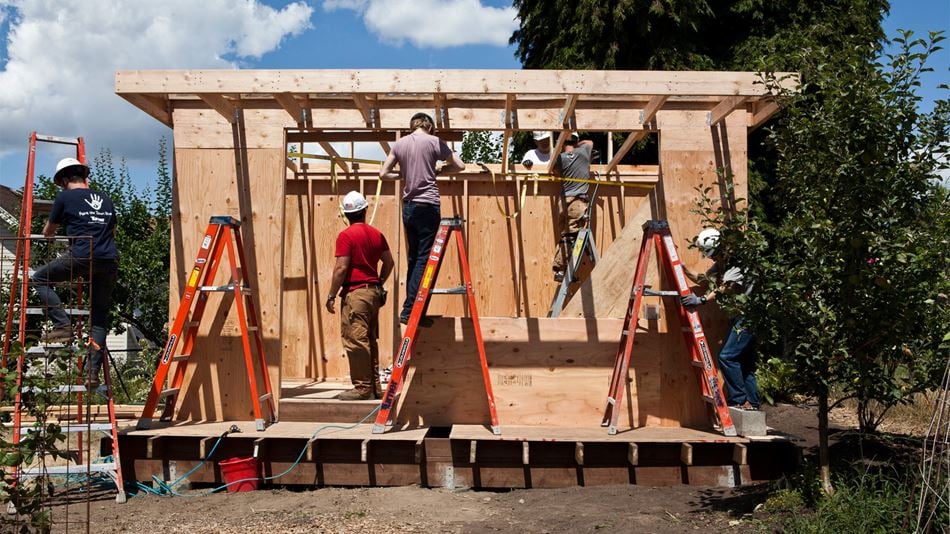
Roberts: Our Seattle office joined other firms in the AEC industry to raise money on behalf of the project. Building these homes relies entirely on donated materials, design skills, and labor. Arup has a goal of raising $35,000 for the BLOCK Project — the cost of building one home. Once that goal is met, we will be matched with a resident and start to build our Arup-sponsored BLOCK home, which is the part we are all the most excited about — making this project a reality.
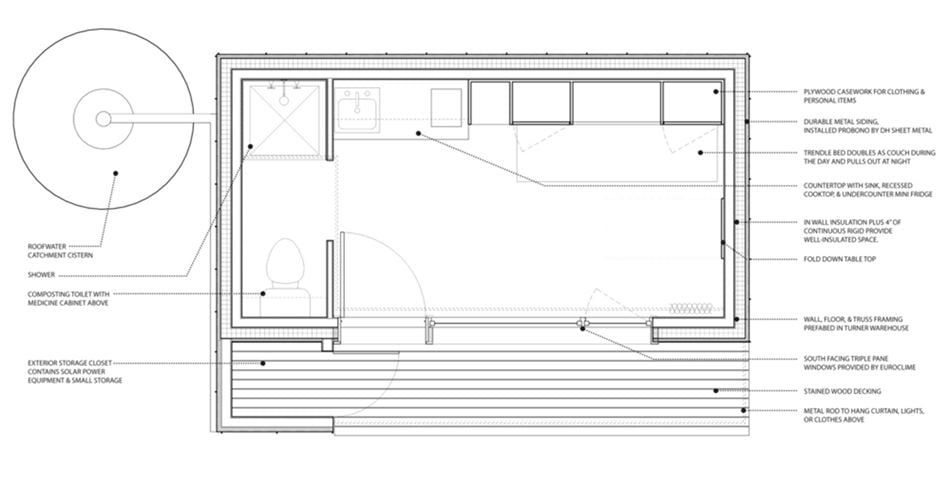
Why is BLOCK different than more traditional projects that address homelessness?
Shellum: The current model allows any Seattle resident to assume that the homeless problem isn't theirs to acknowledge or tackle. The BLOCK Project kind of flips that on its head. We want to put new BLOCK residents in every neighborhood so it becomes everybody's responsibility in the community to work through a solution to this problem — not wait for somebody else to solve it.
Roberts: Plus the BLOCK houses are designed with sustainability at the core — not just in the physical design of the homes, but in the model itself. If a house has a yard, that's kind of dead space to everyone else in the city — it belongs to one family. With the BLOCK Project, however, you're freeing up that space as a community resource. You're opening up a perfectly viable space in the center of the city to people who really need it, reducing the need to build alternative housing at the edges of the city and figuring out a way to build housing that doesn’t contribute to sprawl of the city. Housing solutions that are sustainable for the environment and sustainable for the city will ultimately be the most successful.
Shellum: These houses are meant to be examples of the best way of living, the best-in-class design. They're pursuing Living Building certification — the highest standard in sustainable design — which aligns with Arup’s vision for the built environment.
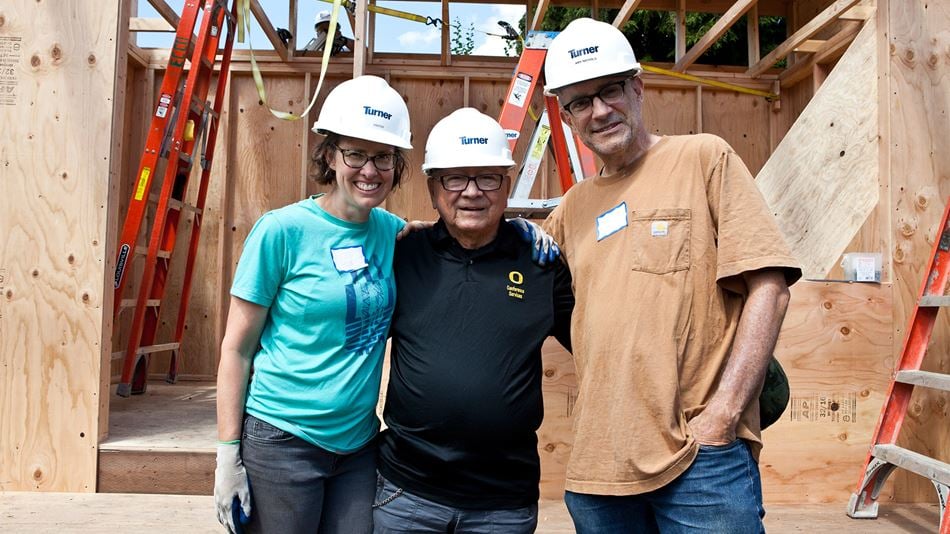
Do you think it’s the design and building industry’s responsibility to grapple with issues like homelessness?
Roberts: Yes. We work on these multimillion-dollar projects that don't necessarily serve everyone in the city. We also have the skills and the manpower to be working on things like the BLOCK Project. It brings awareness to our industry and offers an outlet for giving back. It's specifically tailored to what we're good at.
Shellum: Many corporations purchase carbon emissions offsets. We can think of this in a similar way. Like Zoe was saying, if we contribute to a built environment that benefits one portion of our city’s population, we must also dedicate ourselves to designing for the other portions. That is truly sustainable design and what it means to shape a better world.
Areaya: We’re helping shape the city physically, but we also need to help shape the city socially. We need to be working with city planners, builders, everyone. We can be advocates within the building industry for these types of initiatives to become part of the fabric of our work.
Join the Arup team to help build a foundation to end homelessness in Seattle, one backyard at a time. Question or comments for Mia Areaya or Zoe Roberts? Contact [email protected] or [email protected].
“Housing solutions that are sustainable for the environment and sustainable for the city will ultimately be the most successful. ”
Zoe Roberts Mechanical Engineer
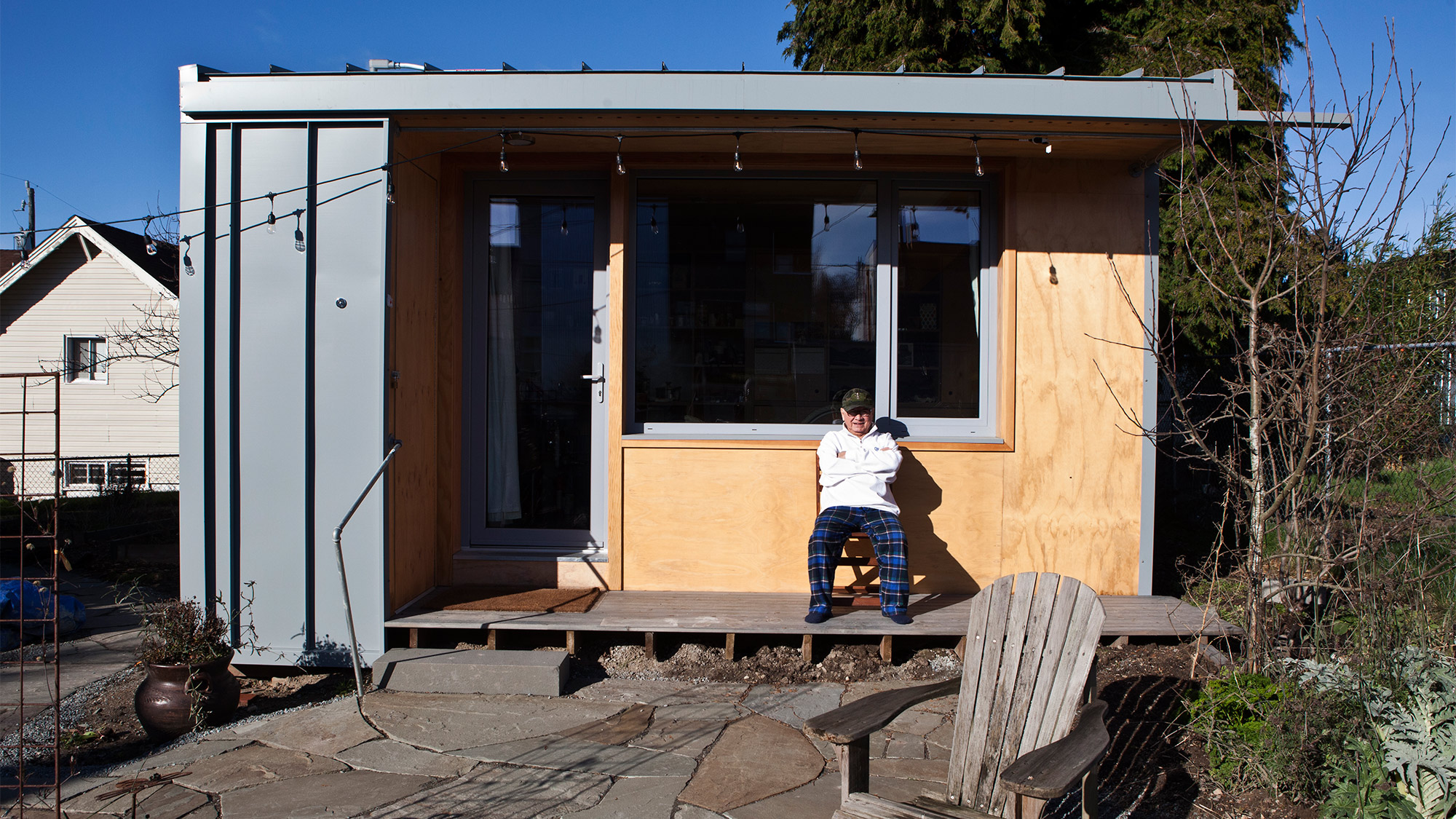 ;
;
